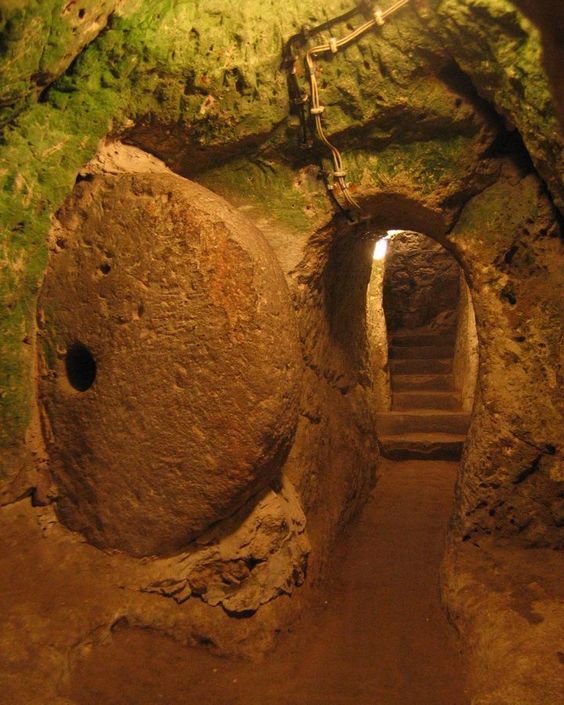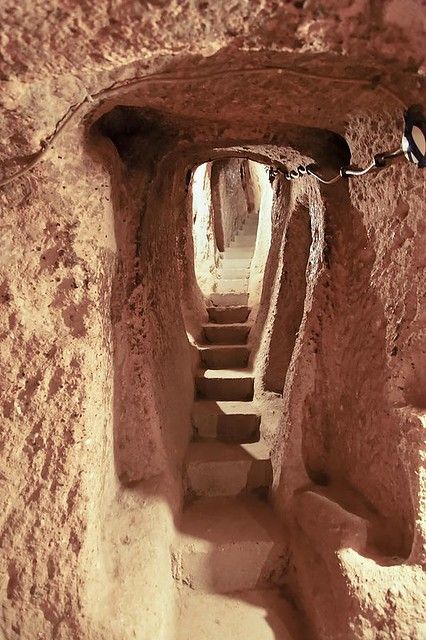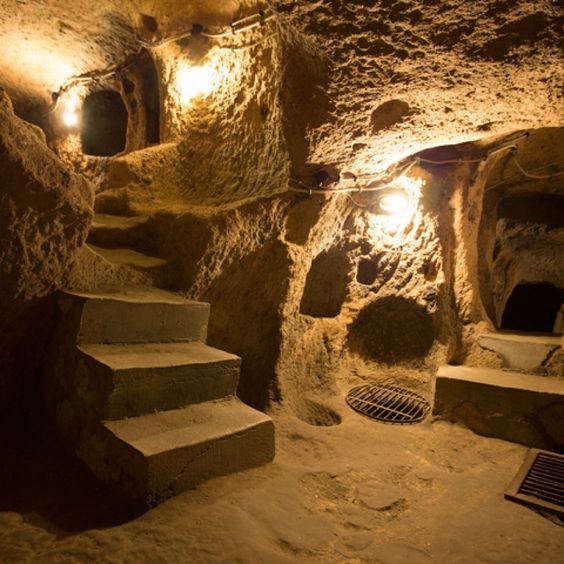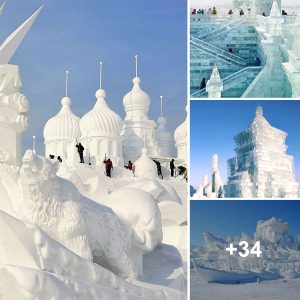In a world of uncertainties and potential dangers, the concept of underground bunkers has long captured our imagination. These hidden refuges, shrouded beneath the earth’s surface, have served as a means of protection and survival throughout history. From ancient underground tunnels to modern-day bunkers, these structures offer both a sense of security and an intriguing glimpse into our instinct for self-preservation.

Throughout the ages, civilizations have sought refuge underground for various reasons. In ancient times, underground tunnels provided a means of escape during times of war, enabling people to navigate unseen and find sanctuary in times of turmoil. These secret passages, concealed beneath cities or leading to remote locations, allowed individuals and communities to evade enemies and safeguard their lives.

The concept of modern bunkers evolved during times of heightened global tensions and threats. World War II, with its devastating bombings and the constant fear of aerial attacks, saw the rise of underground shelters and bunkers as essential protective measures. Governments and individuals constructed fortified underground complexes to shield against the ravages of war, ensuring the safety of their citizens and preserving vital resources.

Today, underground bunkers have expanded beyond military applications and have found a place in the realm of personal preparedness. Some individuals and families have chosen to create private bunkers as a precautionary measure against potential disasters or emergencies. These self-sustaining subterranean havens are equipped with supplies, communication systems, and life-supporting amenities, offering a sense of security and self-reliance.

The allure of underground bunkers goes beyond their practical purposes. They evoke a sense of mystery and fascination, inviting us to explore the hidden depths beneath our feet. Underground complexes often feature intricate architecture, innovative engineering, and ingenious systems designed to sustain life underground. From ventilation systems to power generation, these structures demonstrate our determination to create safe havens even in the harshest conditions.





